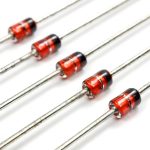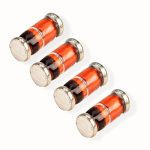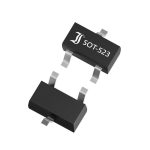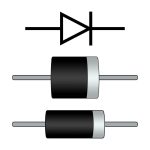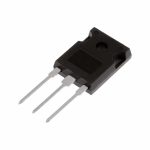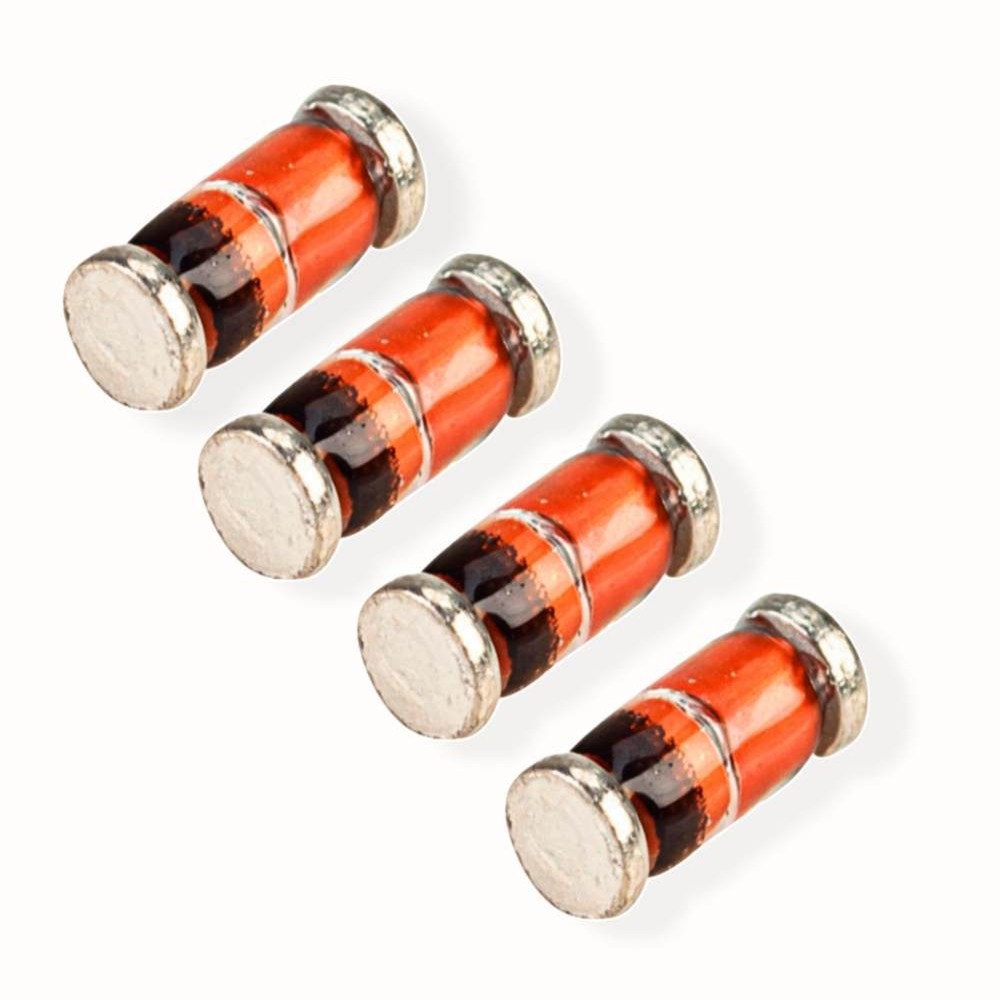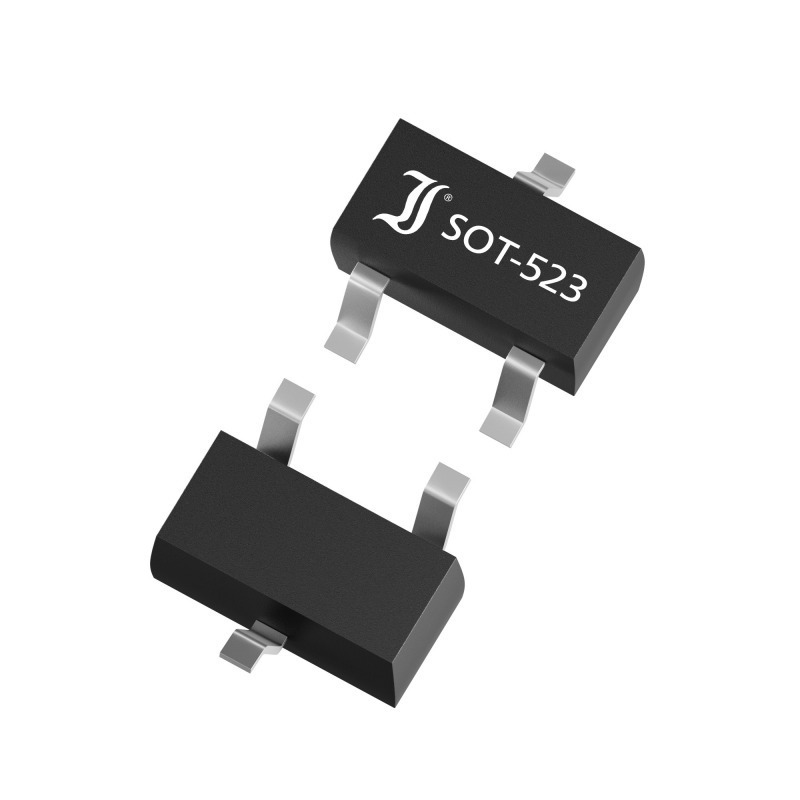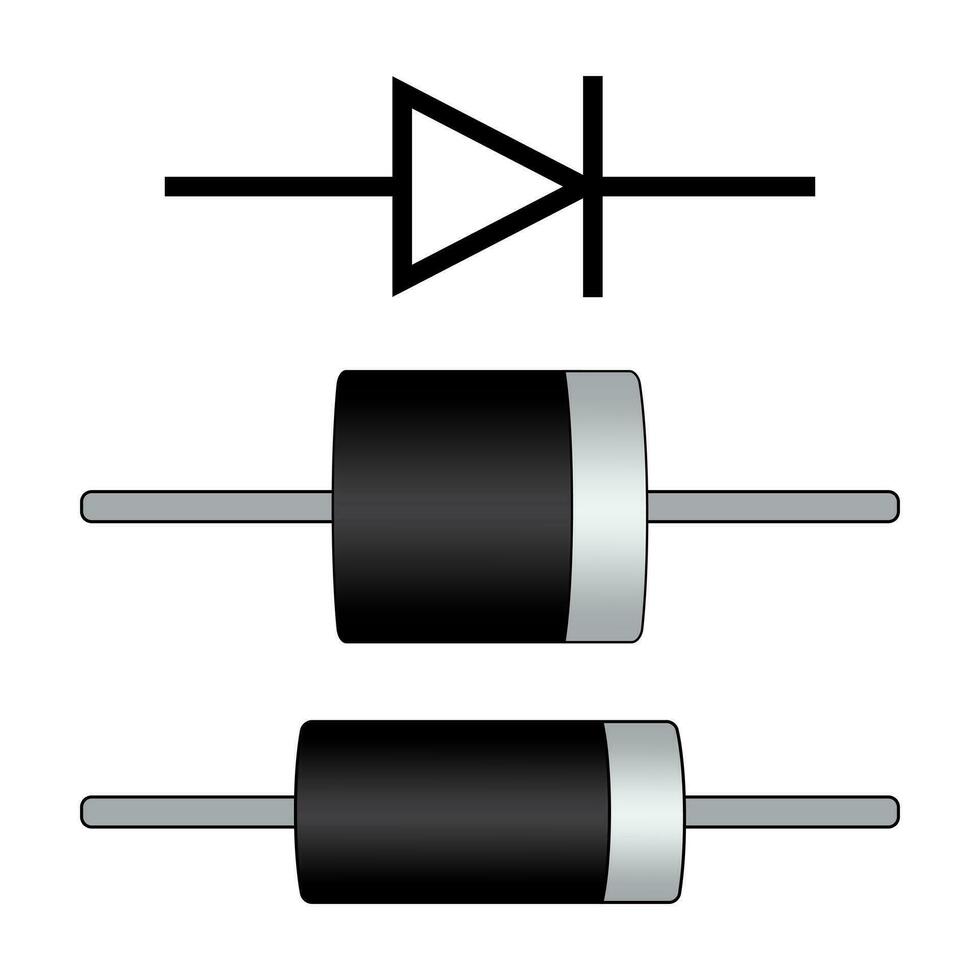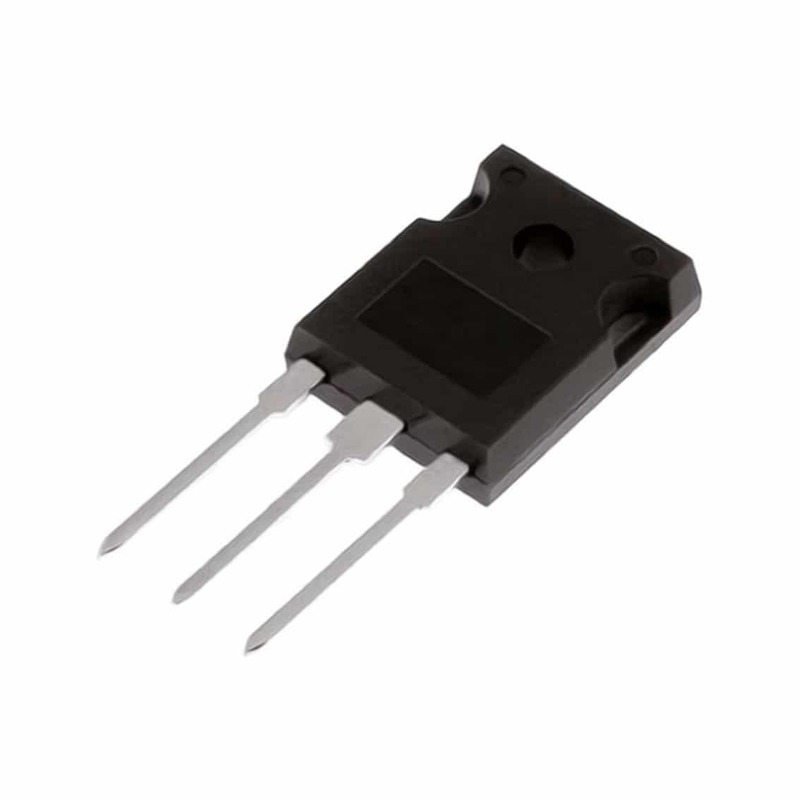Introduction to Zener Diode Function
Zener diode function are semiconductor devices that stand out for their versatile functionality. They allow current to flow in both the forward and reverse directions. This unique feature makes them indispensable in electronic circuits. Named after Clarence Melvin Zener, these diodes work by exploiting a phenomenon known as the Zener effect. When reverse voltage hits a certain point, called the Zener voltage, the diode conducts.
As a crucial component, the Zener diode is designed to operate in a controlled manner during reverse bias operation. This is contrary to regular diodes, which are not meant to conduct in reverse bias under normal operating conditions. Zener diodes also differ in that they have both Zener and avalanche breakdown mechanisms. The type of breakdown that occurs depends on the diode’s Zener voltage specification.
Uses of Zener diodes are various and significant. Common applications include regulating voltage, protecting circuits from overvoltage, and creating precise reference voltages. They can be packaged differently to suit applications from smartphones to industrial electronics. With the right knowledge, Zener diodes can be an excellent tool for managing voltage in a multitude of electronic applications.
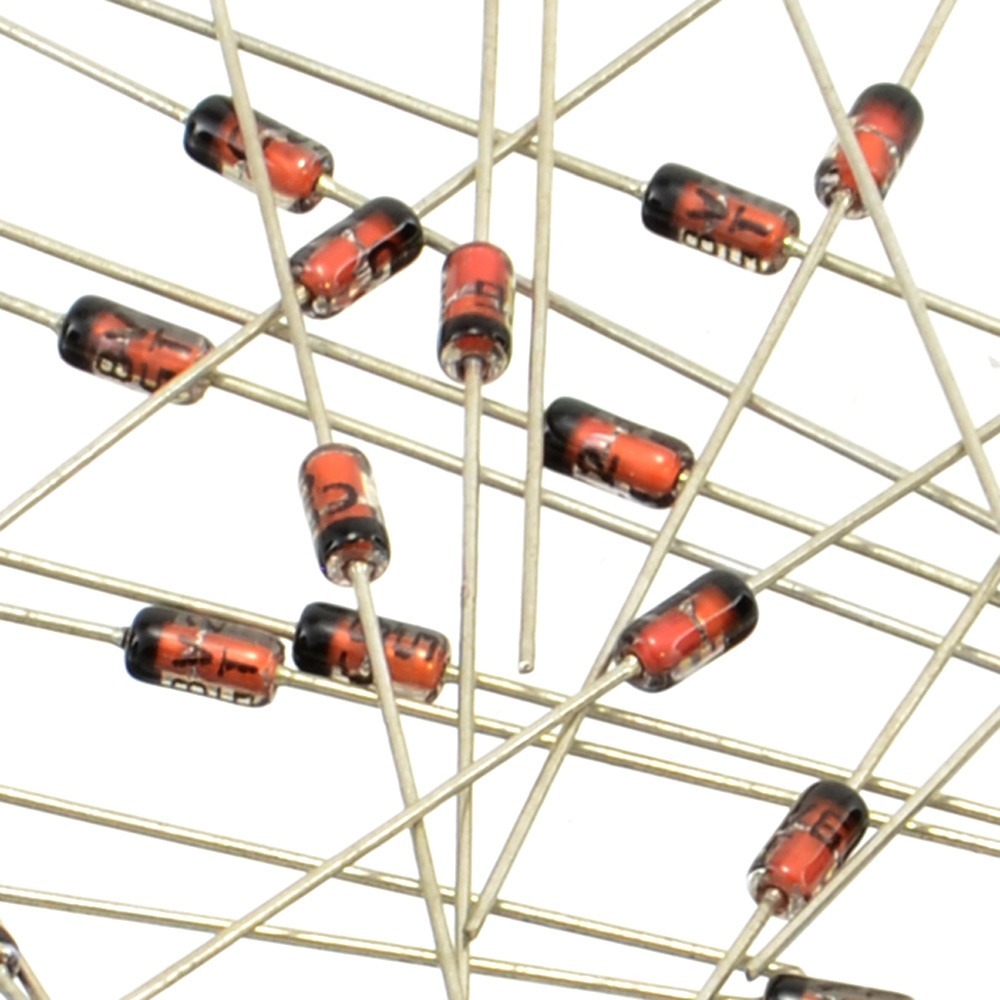
Principles of Zener Diode Operation
Understanding how Zener diodes operate is key to using them effectively.
Functioning in Reverse Bias
Zener diode function uniquely when reverse biased. A reverse voltage makes a tiny leakage current flow. As voltage increases, reaching a point called the Zener voltage, the diode lets more current pass. This effect is steady, enabling the diode to work as a voltage regulator.
Zener vs. Avalanche Breakdown
Breakdown in Zener diodes comes in two forms: Zener and Avalanche. Zener breakdown happens at low voltage levels, while avalanche occurs at higher voltages. Both lead to current flow but differ in cause. Zener breakdown involves a strong electric field freeing electrons. Avalanche involves electrons knocking into atoms, freeing more electrons. Design determines which breakdown a Zener diode uses.
Zener Diode Specifications and Characteristics
Understanding Zener diode function is vital for their optimal use in electronic applications.
Key Specifications Explained
The main specs to look at when choosing a Zener diode include:
- Zener Voltage (Vz): This is the voltage at which the diode begins to conduct in reverse. It ranges from a few volts to hundreds, depending on the diode.
- Maximum Power Dissipation: The max power the diode can handle without damage. It’s vital for high-power applications.
- Maximum Current (Iz max): The maximum current a diode can conduct in the reverse-bias operation without overheating.
- Nominal Current (Iz): The current used to specify or test the Zener voltage value.
- Temperature Stability: Indicates how the Zener voltage changes with temperature. Important for environments with temperature fluctuations.
- Package Type: Determines its application, with options like glass or surface mount packages.
These specs allow you to choose a diode that matches your circuit’s needs.
V-I Characteristics Analysis
The V-I characteristics show how voltage and current behave in a Zener diode. They include two parts:
- Forward Characteristics: Like a regular diode, current flows above 0.7V in silicon diodes when forward biased.
- Reverse Characteristics: Before Vz, only a small leakage current flows. After Vz, the current sharply increases and stabilizes, which is the Zener region.
In summary, V-I characteristics define how Zener diodes regulate voltage across a wide range of inputs.
Common Types of Zener Diodes
In the diverse world of electronics, Zener diodes are not one-size-fits-all. They come in different types, each suited for specific applications and functionalities. Here’s a rundown of the most common Zener diodes you might encounter:
- Standard Zener Diodes: These are the most prevalent ones you’ll find. They perform well across a range of breakdown voltages, from just a few volts to several hundred.
- Surface Mount Zener Diodes: Ideal for space-constrained environments. These small-form-factor diodes are staples in portable electronics like smartphones.
- Precision Zener Diodes: When precise voltage regulation is critical, these diodes are the go-to. They offer high accuracy and stability for sensitive applications.
- Avalanche Diodes: They operate similarly to standard Zener diodes but are more suited for handling higher energy bursts. They work under the avalanche effect rather than the Zener breakdown.
Understanding the different types of Zener diodes helps you select the right one for your specific needs, be it for a robust power supply or a delicate electronic component. Remember, the choice depends on factors like the required breakdown voltage, power dissipation capacity, size limitations, and precision needs.
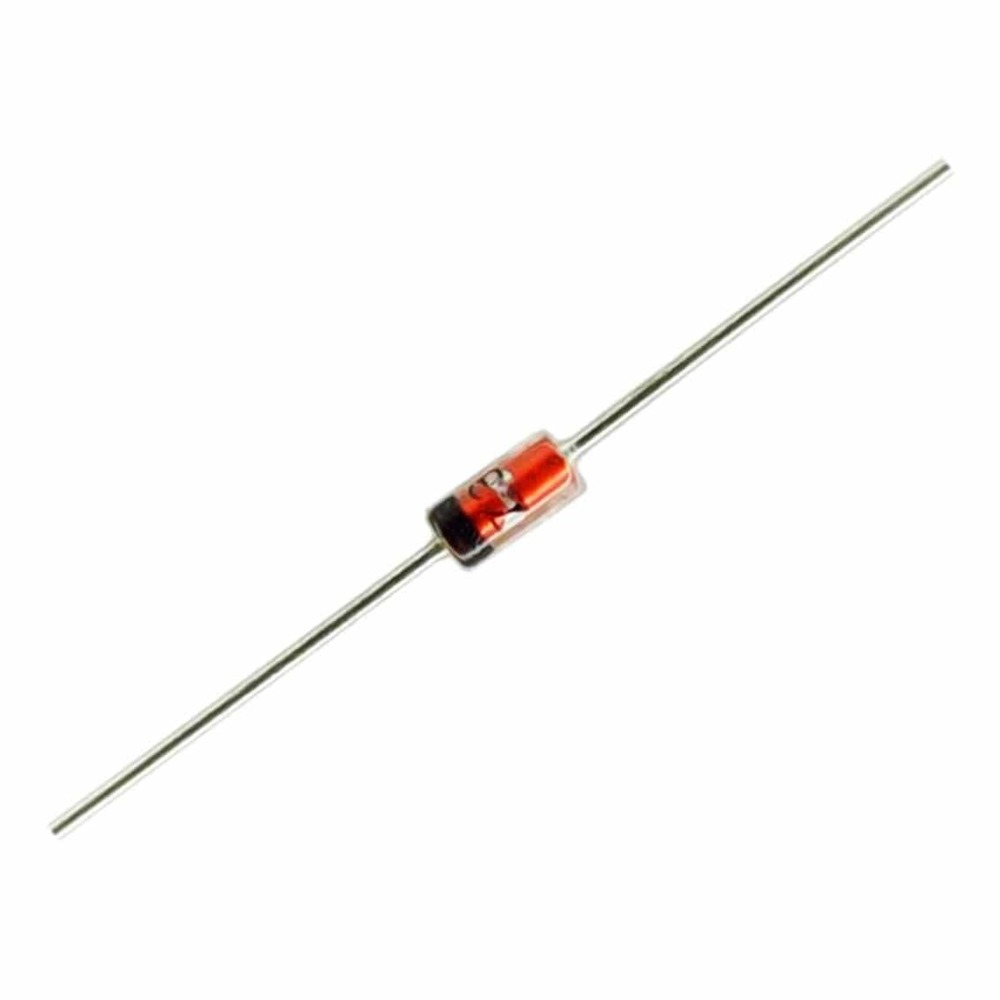
Applications of Zener Diodes
Zener diodes have a wide array of uses in electronics. Their unique ability to regulate voltage makes them a go-to component in many applications. Let’s look at some key applications.
Voltage Regulation
Zener diodes excel at keeping a stable voltage level. They are often used to regulate voltage in power supplies. When used in this way, they can prevent fluctuations that harm sensitive electronics. The diode ensures that devices receive a constant voltage.
Overvoltage Protection
Devices need protection from high voltage spikes. Zener diodes provide this by conducting excess voltage away. This helps avoid damage to electronic components.
Signal Clipping and Forming
Zener diodes can shape and control electronic signals. They clip parts of signals that go over a set level. This prevents distortion and keeps signals clean.
Use as Reference Elements
These diodes can create precise reference voltages. These are essential for many electronic calibration and measurement tasks. Reference voltages help ensure the accuracy of electronic circuits.
Circuit Implementation
When integrating Zener diodes into electronic circuits, understanding the circuit implementation is critical.
Zener Diode as a Voltage Regulator
Zener diodes are efficient voltage regulators. By conducting in reverse once a certain voltage threshold, known as the Zener voltage, is reached, they maintain a stable voltage. They suit ideal for stabilizing voltage in power supply circuits. A Zener diode is connected in parallel with the load, ensuring the voltage does not surpass its Zener voltage. With this setup, whenever the input voltage spikes, the Zener diode absorbs the excess, safeguarding the circuit.
To construct a Zener diode voltage regulator circuit, you need a series resistor. The series resistor limits the current running through the diode. This protects the diode from high current that could cause damage. When the circuit operates normally, the Zener diode maintains a constant voltage across the load. This feature keeps your electronic devices safe and secure from harmful voltage changes.
Series Resistor Calculation
Calculating the right series resistor value is essential for effective voltage regulation. The formula for the series resistor (R) is R = (Vin – Vz) / Iz. ‘Vin’ represents the input voltage. ‘Vz’ is the Zener voltage or the regulated output voltage. ‘Iz’ stands for the desired Zener current.
To find the series resistor:
- Determine your input voltage (Vin).
- Know your Zener diode’s voltage (Vz).
- Decide on the desired Zener current (Iz) for the diode to function correctly.
- Plug these values into the formula.
This calculation ensures that your Zener diode operates within safe parameters, providing effective voltage regulation without overheating or becoming damaged.
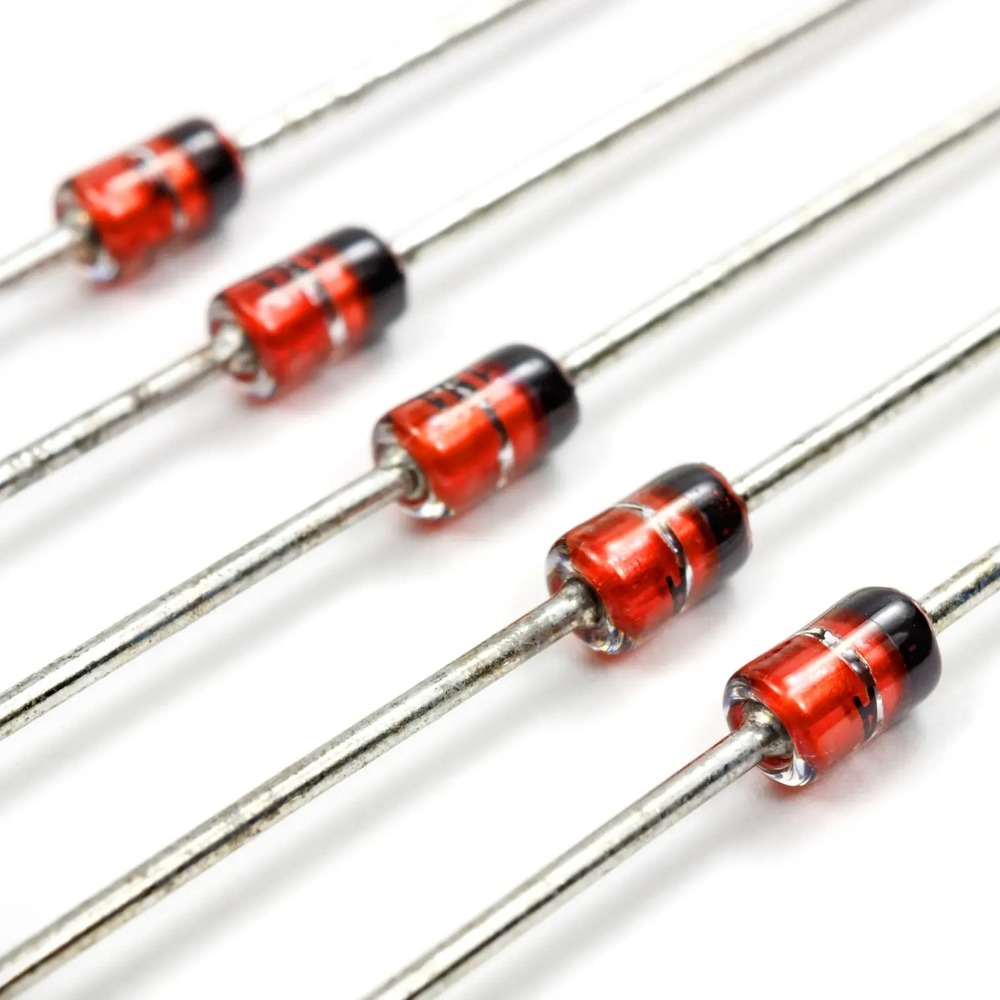
Troubleshooting Zener Diode Issues
When working with Zener diodes, you may encounter some issues that can affect their function. Understanding how to troubleshoot these can save time and protect your circuits.
Managing Reverse Voltage and Power Dissipation
When a Zener diode is reverse biased, it can handle a certain voltage before it conducts. Exceeding this ‘Zener voltage’ without proper care can damage the diode. To prevent this:
- Ensure that the reverse voltage does not surpass the Zener voltage rating.
- Use a resistor to limit the current flowing to the diode.
- Choose a Zener diode with the right power dissipation for your circuit.
Remember to keep within the diode’s specs to avoid overheating or breakdown.
Noise Filtering in Zener Circuits
Zener diodes can introduce noise into your circuit, especially at higher voltages. This can cause problems in sensitive applications. To filter out noise:
- Add a bypass capacitor across the diode.
- Opt for low-noise Zener diodes if needed.
- Ensure stable circuit design to minimize noise sources.
These steps can help keep your signals clean and your electronic devices functioning smoothly.
Ensuring Correct Polarity and Series Resistance
For Zener diodes to work properly, they must be connected in the right direction. If not, they won’t regulate voltage as intended. Also, the series resistor value is crucial. It affects the current that passes through the diode. To ensure correct usage:
- Check the diode’s orientation in the circuit to match the reverse bias configuration.
- Calculate the series resistor correctly using the formula R = (Vin – Vz) / Iz.
- Double-check connections before powering up your circuit.
These simple checks can prevent damage and ensure the Zener diode functions as a reliable voltage regulator.
